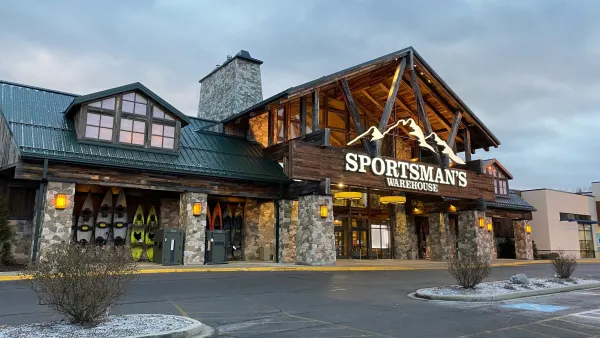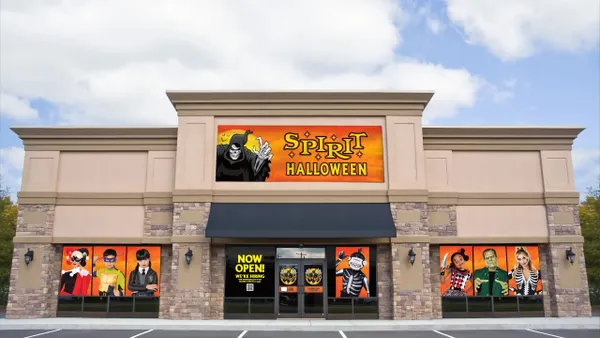Dive Brief:
-
Top retailers fulfill orders in an average of just 1.8 days, according to a test of 137 retailers on Cyber Monday by Kurt Salmon, part of Accenture Strategy, that was emailed to Retail Dive. The firm measured shipping speed, order accuracy and delivery costs. The average time for the top 10 retailers — which included CVS, Office Depot, Amazon (through its Prime subscription), Best Buy and Cabelas — improved 18% over last year, from 2 to 1.7 days.
-
Sixty-four percent of retailers delivered an entire order within one week, compared to 63% in 2018 and just 50% in 2017. When evaluating buy online, pick up in-store (BOPIS) orders on Black Friday, 88% were processed on time, compared to 72% in 2018.
-
Additionally, a survey of more than 1,500 U.S. consumers found that online shoppers are willing to wait an average of 3.1 days for an online order, versus last year's average of 3.9 days.
Dive Insight:
The outlook is good for the growth of BOPIS, based on the results of the Kurt Salmon experiment. The average processing time was 2.5 hours, compared to 3.6 hours last year, and 85% of orders were fulfilled with no issues, compared to 65% in 2018. The average in-store wait time for pickup was about four minutes.
The accompanying consumer survey found that 71% of shoppers would rather go to the store than pay for expedited shipping for an item they need immediately. That indicates that customers may be willing to shift further toward in-store pickup for the orders they want to have in hand soonest.
The report comes shortly after Amazon banned third-party sellers from shipping Prime orders with FedEx Ground due to a "decline in performance." As customer demands have increased, retailers have had to get more creative to meet them. BOPIS requires the customer to meet the retailer halfway in order to receive their purchase quickly, but may come with a bonus: Customers who enter the store to pick up their online order are more likely to make additional purchases during their visit.
But BOPIS may not be a solution for all scenarios, which still puts the pressure on delivery. Shipping carrier auditor LateShipments.com reported this month that the average shipping delay during the 2019 holiday season in the U.S. could meet or surpass 16.5% in some states. Congested urban areas and rural areas are both at risk for delays, with inclement weather also acting as a factor.











